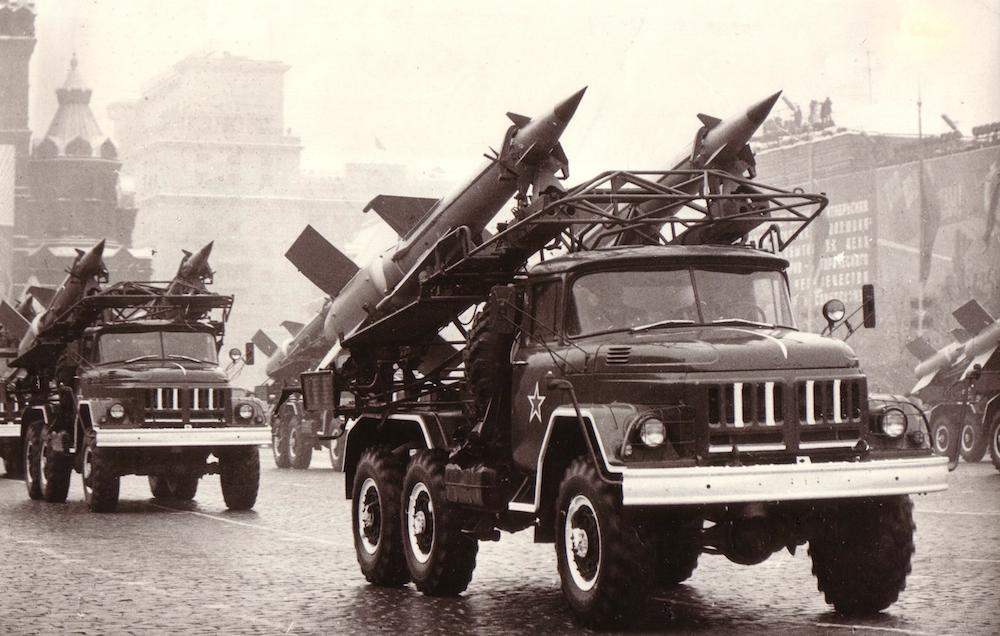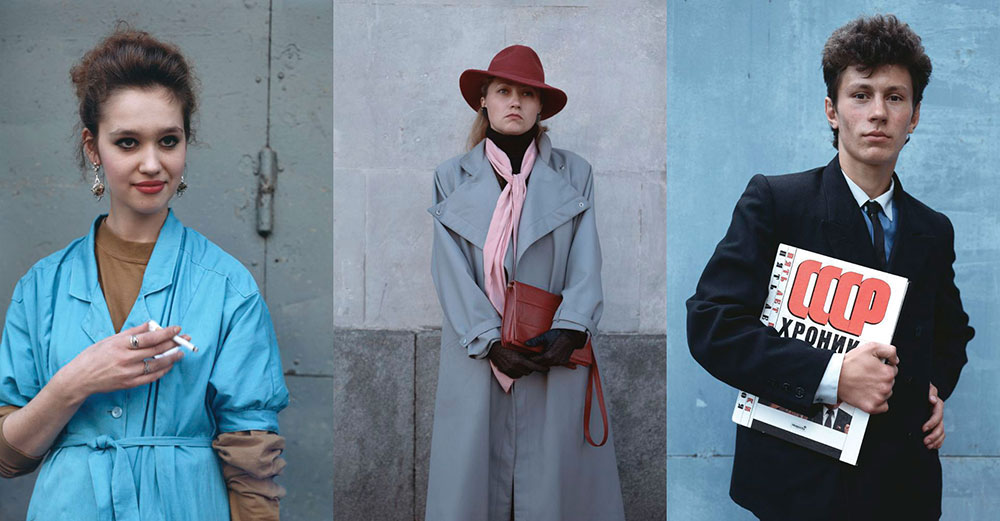Made in Russia: in praise of the unsung icons of Soviet design
Cold War RevisitedBehind the Iron Curtain, Soviet design evolved along its own idiosyncratic path. From the Vertushka dialless telephone that only let you take calls, not make them, to Misha, the Olympic mascot that melted hearts the world over, these are the products that deserve to be reclaimed from the dustbin of history.
Kvass Barrel
Mobile malt drink station
Photo: Rizzoli USA
In Soviet times you could buy kvass - a malted cold drink made from fermented bread - on a street corner, dispensed from wheeled barrels that held 900 litres of liquid. In the early 2000s they returned to the streets as part of a wave of renewed national pride, staking a claim to be Russia’s (second) favourite drink.
Vertushka
Dialless diplomatic telephone
Photo: Rizzoli USA
With its blank face lacking a rotary dial, the Vertushka phone wasn’t for making calls but receiving them. The ultimate Soviet status symbol, it signified that you were on speaking terms with the right people at the Kremlin.
Zaporozhets
Soviet subcompact car
Photo: Joonasl under a CC licence
The Soviet answer to the Beetle and the Fiat 600, the Zaporzhets was built in 1958 and remained in production, largely unchanged till 1994. Idiosyncratic in design and erratic in performance, the car was widely driven but never widely loved. Its nickname, Zapor, meant “the constipated”.
Ostankino Tower
Television broadcasting tower
Photo: Sangudo under a CC licence
Ostankino Tower was built in 1967 to beam TV and radio signals across the Moscow region. With 1967 the year of the 50th anniversary of the October revolution, it was also intended as a monument to Soviet might. Briefly the world’s tallest freestanding structure, it remains in working order to this day, a futuristic symbol of past times.
Mishka
1980 Moscow Olympic mascot
Photo: Anders under a CC licence
Misha, the mascot for the Moscow 1980 Olympics was designed by Victor Chizhnikov, a children’s book illustrator. Although produced under Communism, Misha thrived in the free world, becoming the first mascot of a sporting event to achieve large scale merchandising sales. At the close of the Games he ascended out of the stadium in the form of a giant balloon to a choir of children singing,“Goodbye our sweet Misha” and there wasn’t a dry eye in the house.
Bevelled glass
Photo: Ninh Nguyen under a CC licence
Copied from German BMW R71s, these heavy-duty Red Army motorbikes (with sidecar-mounted machine gun) went into production near Moscow in 1941. But as the Germans advanced on the capital, production moved to Irbit, just beyond the Urals, which gave the bikes their name. The mean machines played their part in the Soviet victory and proved so popular that by the 1960s were being produced exclusively for nonmilitary use.
Ural motorbikes
Photo: www.imz-ural.com
Copied from German BMW R71s, these heavy-duty Red Army motorbikes (with sidecar-mounted machine gun) went into production near Moscow in 1941. But as the Germans advanced on the capital, production moved to Irbit, just beyond the Urals, which gave the bikes their name. The mean machines played their part in the Soviet victory and proved so popular that by the 1960s were being produced exclusively for nonmilitary use.
LOMO Camera
Photo: Paul-Henri S under a CC licence
This compact camera, loosely based on the Japanese Cosina CX-1, was produced in the Leningrad Optics and Mechanics Amalgamation factory and was first mass produced in 1984. It was orginally intended for use in espionage, but the Ministry of Defense decided that it was too heavy and its images lacked sufficient detail. Instead it became an instant, affordable hit with the people, who loved the soft, romantic mood it conjured and its adaptability to different light conditions. Versions of LOMO cameras are still made today and beloved of hipsters in east and west alike.
Made In Russia: Unsung Icons of Soviet Design, edited by Michael Idov, is published by Rizzoli USA.

